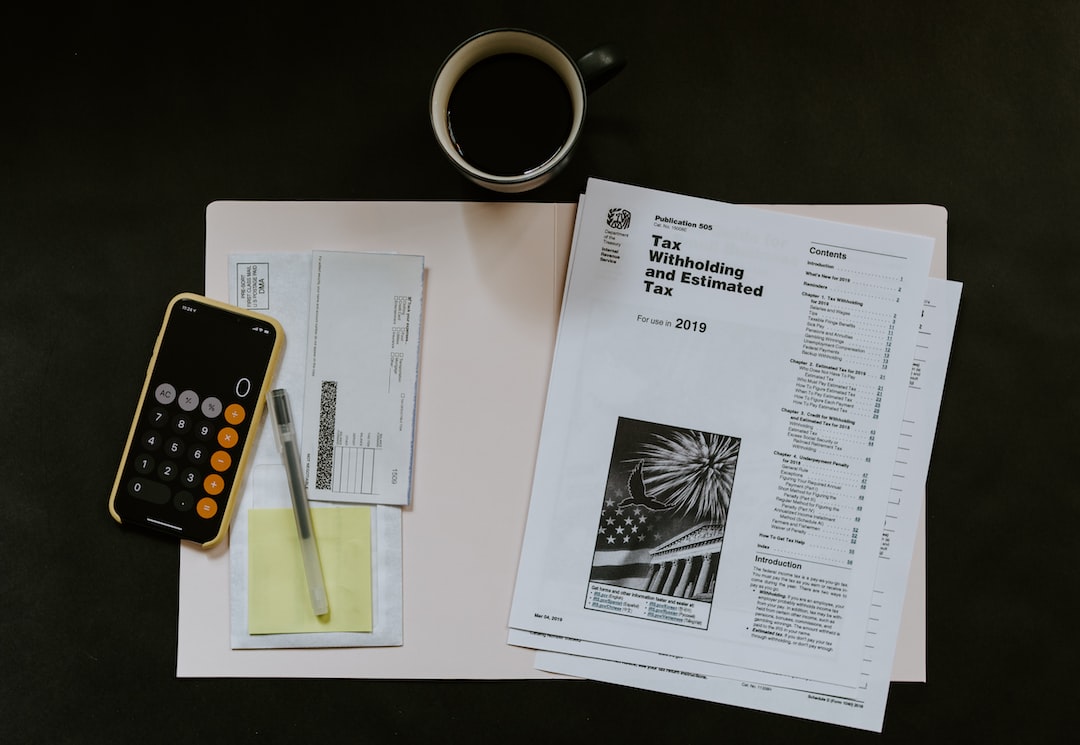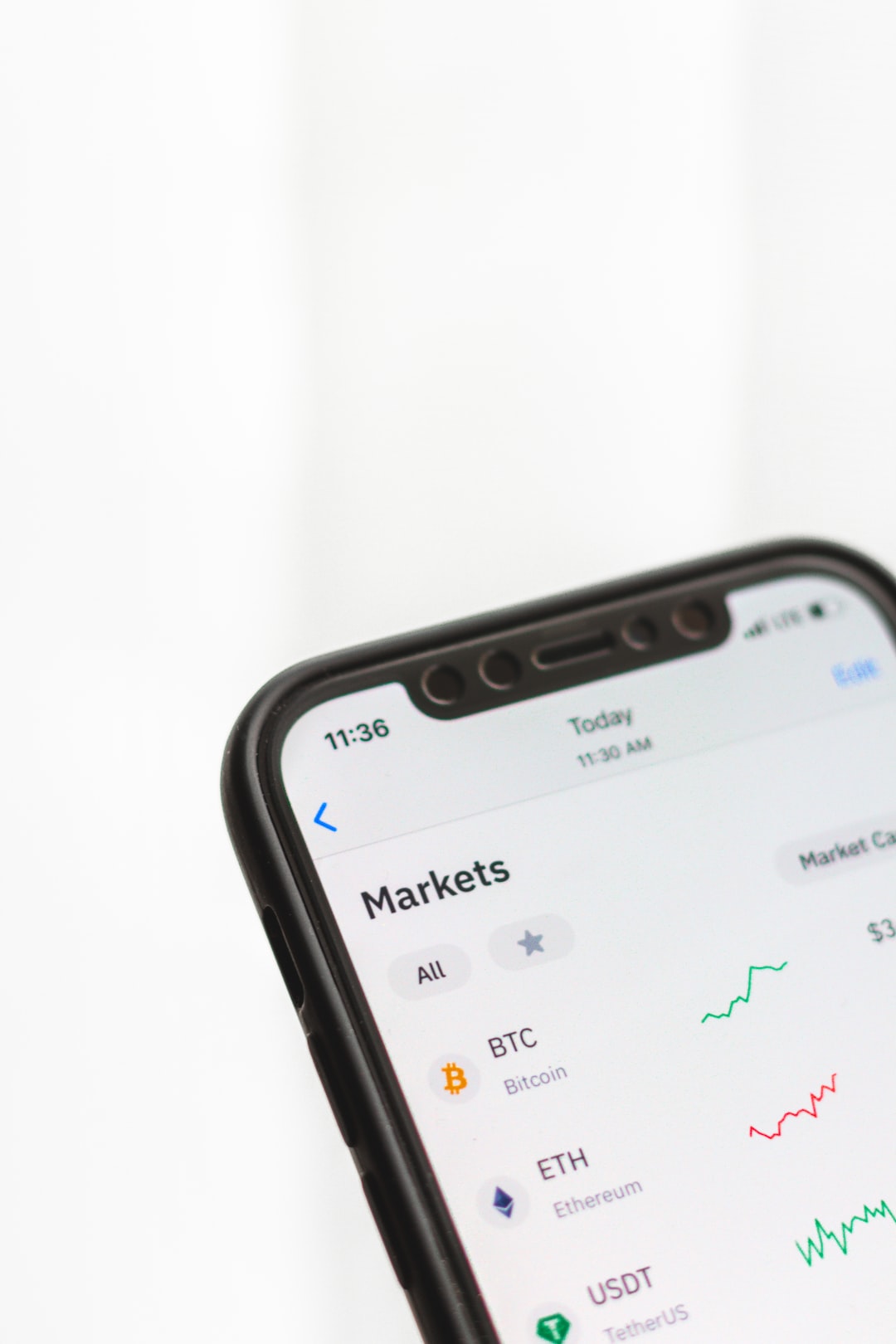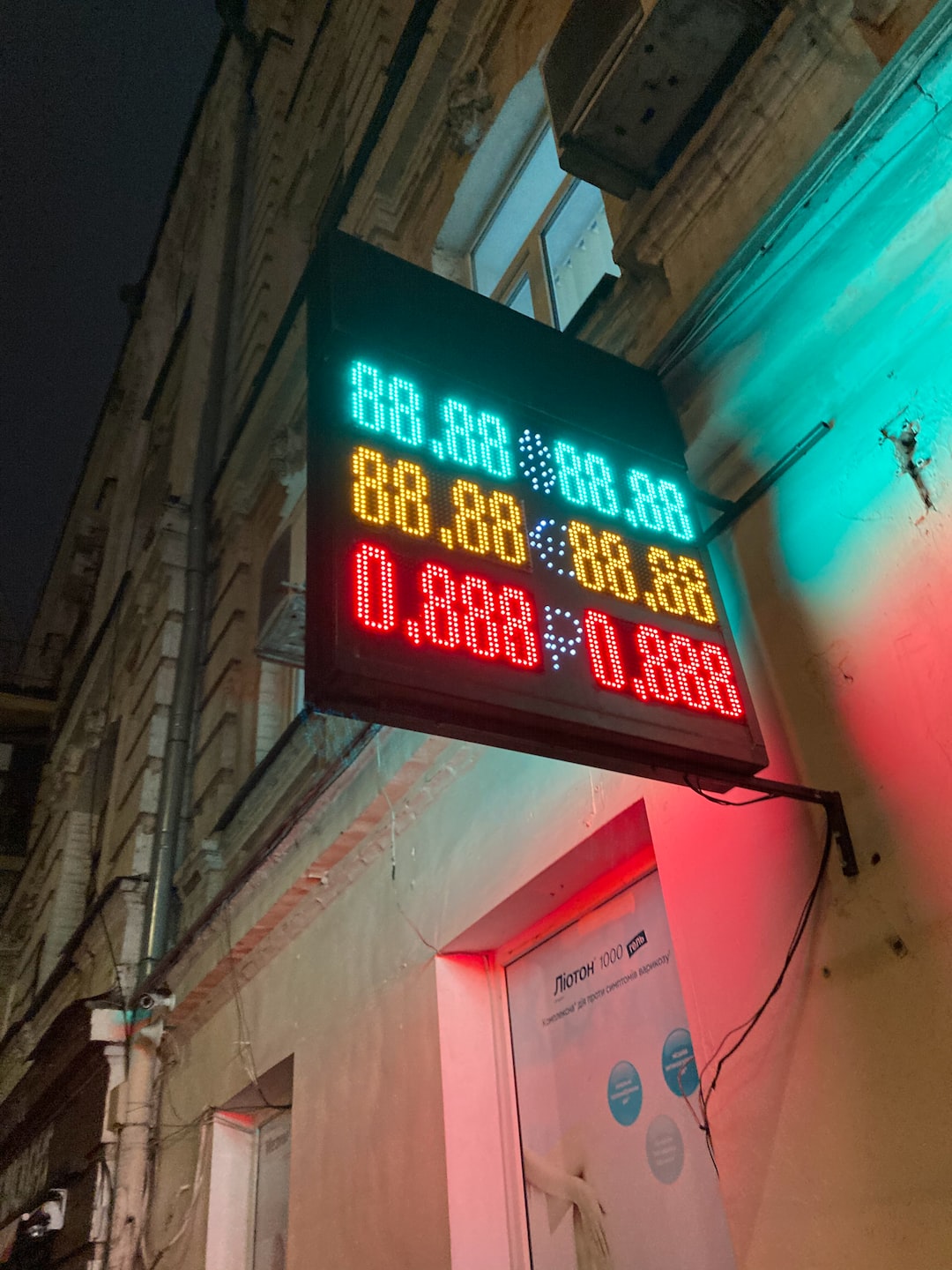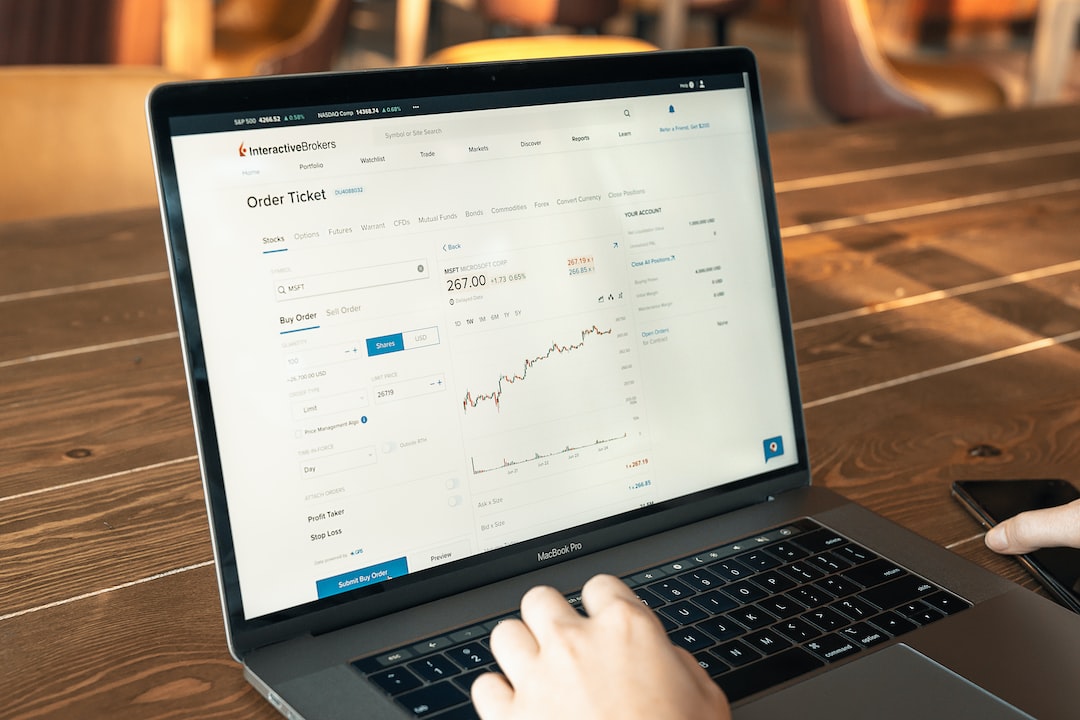From Novice to Pro: Tips for Successful Forex Trading as a Beginner
The forex market, also known as the foreign exchange market, is the largest financial market in the world. With trillions of dollars being traded daily, it offers great potential for individuals to make substantial profits. However, forex trading can be complex and risky, especially for beginners. In this article, we will provide you with some essential tips to help you navigate the forex market successfully and become a pro trader.
1. Educate Yourself: The first step in becoming a successful forex trader is to acquire knowledge about the market. Understand the basics of forex trading, including currency pairs, pips, leverage, and the various trading strategies. There are plenty of online resources, books, and courses available that can provide you with a solid foundation. Take your time to study and understand the concepts before diving into live trading.
2. Choose the Right Broker: Selecting the right forex broker is crucial for your trading success. Look for a broker that is regulated by a reputable authority and offers competitive spreads, low commissions, and reliable customer support. Additionally, ensure that the broker provides a user-friendly trading platform with advanced charting tools and real-time market data. Demo accounts are also beneficial as they allow you to practice trading without risking real money.
3. Develop a Trading Plan: Successful forex traders always have a well-defined trading plan. A trading plan outlines your goals, risk tolerance, trading timeframes, and strategies. It helps you stay disciplined and avoids impulsive decisions based on emotions. Your plan should include entry and exit points, stop-loss and take-profit levels, and money management rules. Stick to your plan and avoid deviating from it, even during periods of market volatility.
4. Start with a Demo Account: Before risking your hard-earned money, practice trading with a demo account. Most brokers offer demo accounts with virtual funds, allowing you to simulate real-time trading without any financial risk. Use this opportunity to familiarize yourself with the trading platform, test different strategies, and gain confidence in your trading abilities. Only switch to a live account once you consistently make profits on the demo account.
5. Manage Risk Effectively: Risk management is one of the most critical aspects of forex trading. Never risk more than you can afford to lose. Use stop-loss orders to limit potential losses and take-profit orders to secure profits. It is advisable to risk only a small percentage of your trading capital on each trade, typically no more than 2-3%. Diversify your trades across different currency pairs to minimize risk exposure.
6. Stay Informed: The forex market is influenced by various economic, political, and social factors. Stay updated with the latest news and economic indicators that can impact currency prices. Utilize economic calendars to track important events such as central bank announcements, interest rate decisions, and GDP releases. Additionally, follow reputable financial news websites or subscribe to market analysis reports to gain insights into market trends and potential trading opportunities.
7. Keep Emotions in Check: Emotions such as fear and greed can significantly impact your trading decisions. Avoid making impulsive trades based on emotions, as it can lead to significant losses. Stick to your trading plan and rely on technical and fundamental analysis to make informed decisions. If you find yourself becoming emotional or stressed, take a break from trading and clear your mind before making any further decisions.
8. Continuous Learning: Forex trading is a never-ending learning process. Stay curious and continuously educate yourself about new trading strategies, market trends, and risk management techniques. Join online trading communities, attend webinars, and read trading books to expand your knowledge. Learning from experienced traders and their mistakes can help you avoid common pitfalls and accelerate your learning curve.
In conclusion, successful forex trading requires dedication, discipline, and continuous learning. By educating yourself, choosing the right broker, developing a trading plan, and managing risk effectively, you can increase your chances of becoming a pro trader. Remember to stay informed, keep emotions in check, and never stop learning. With patience and perseverance, you can transform yourself from a novice to a successful forex trader.


















































